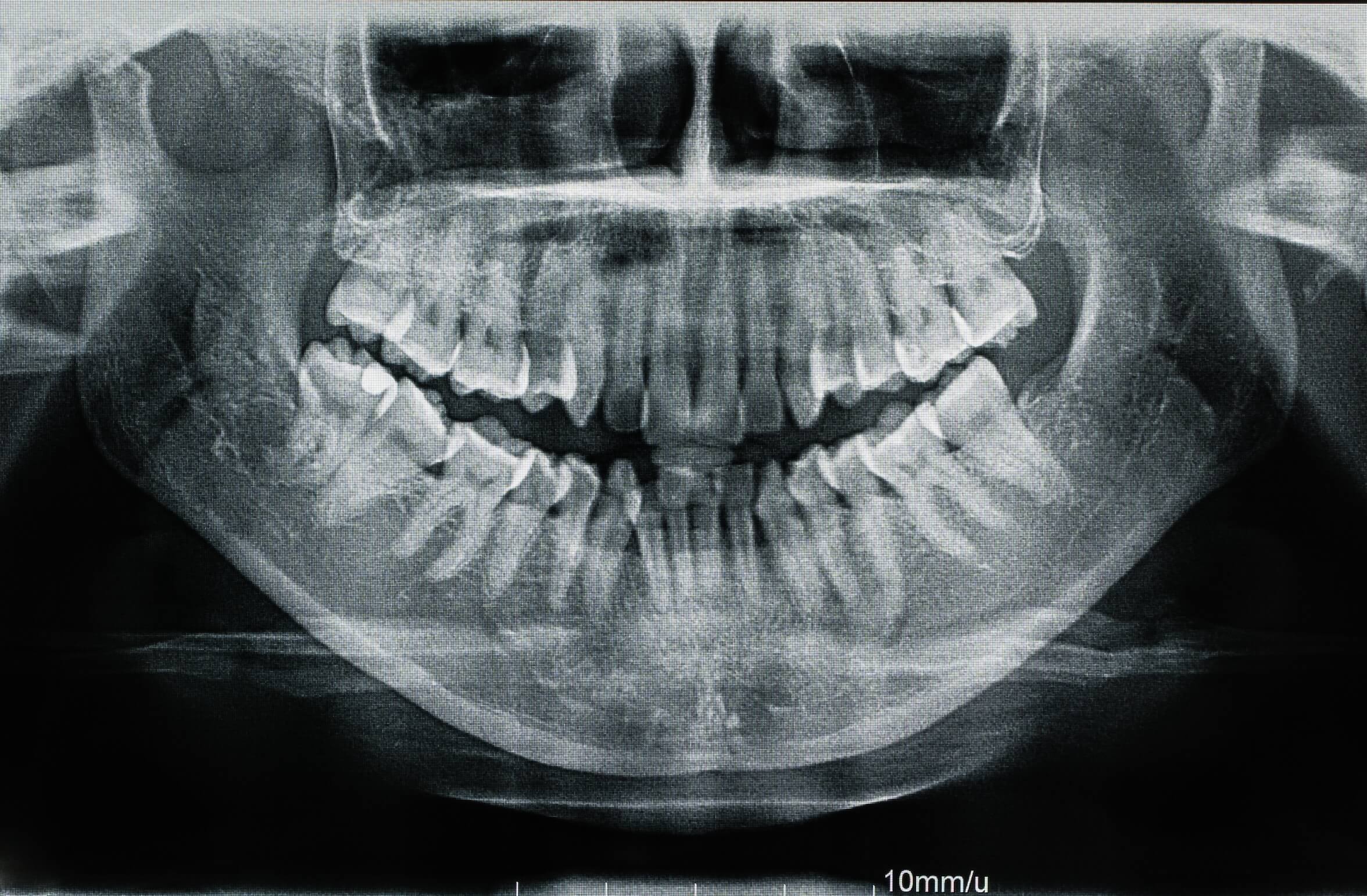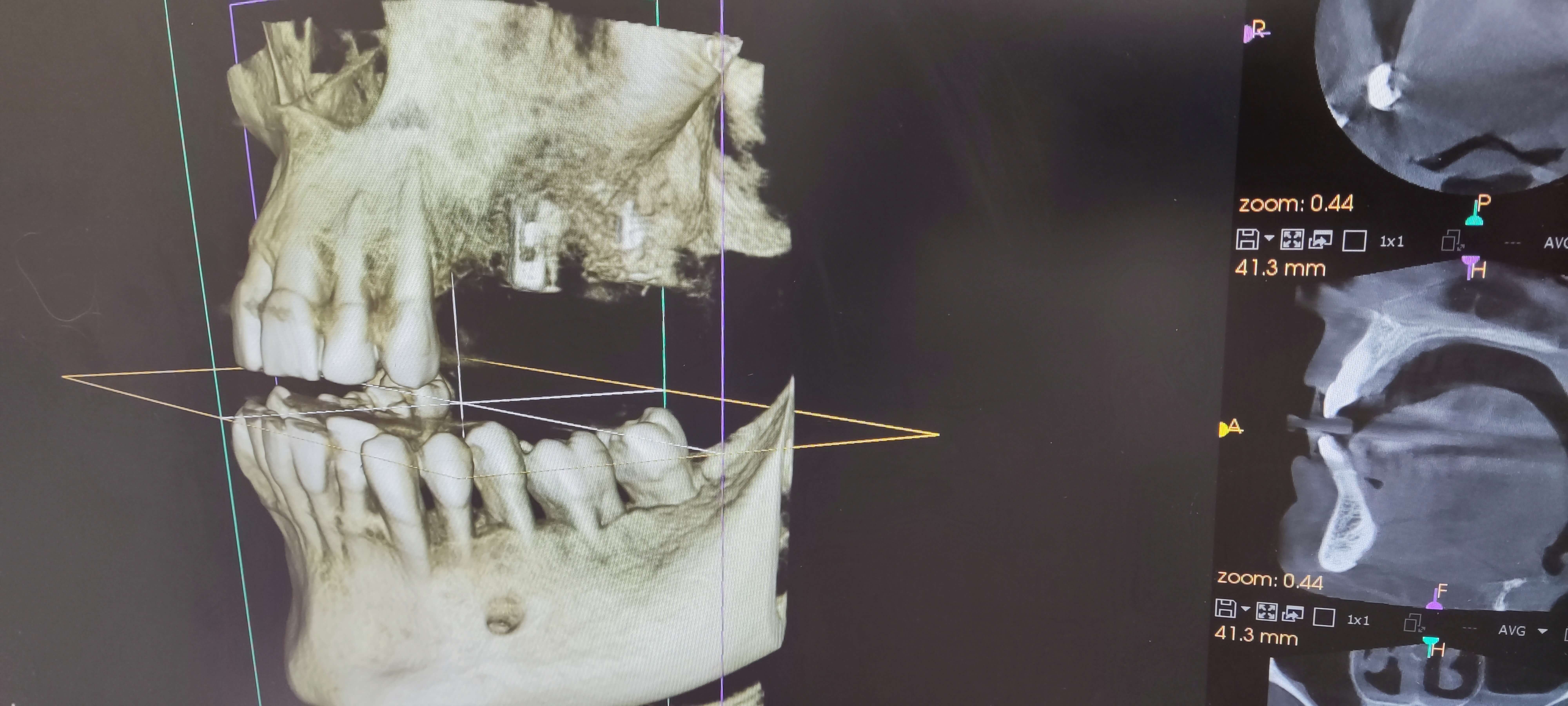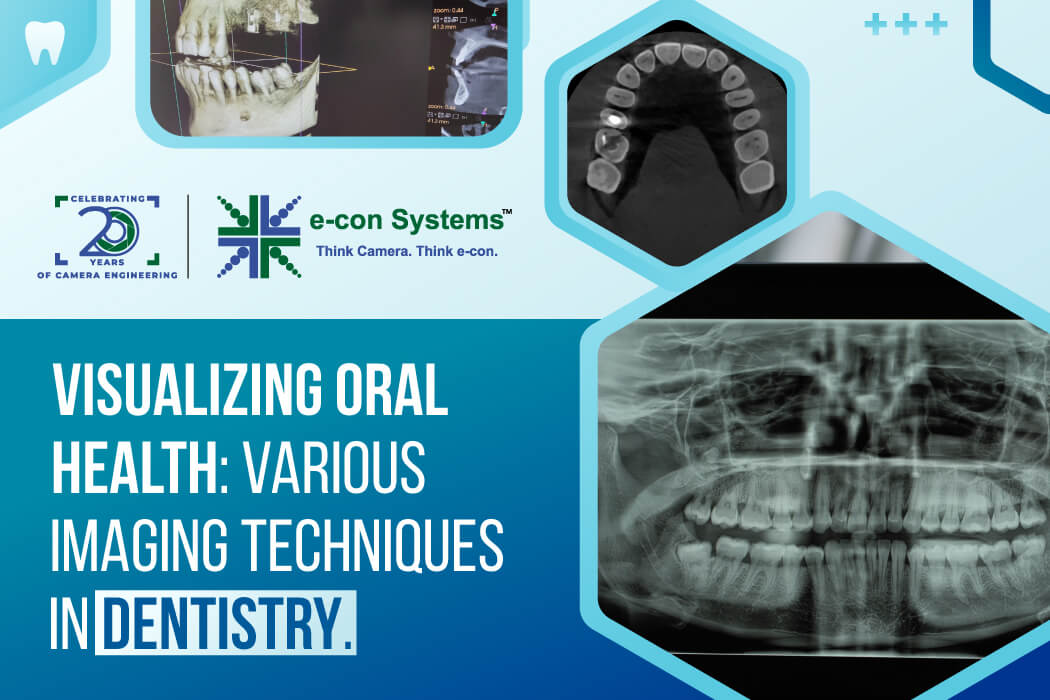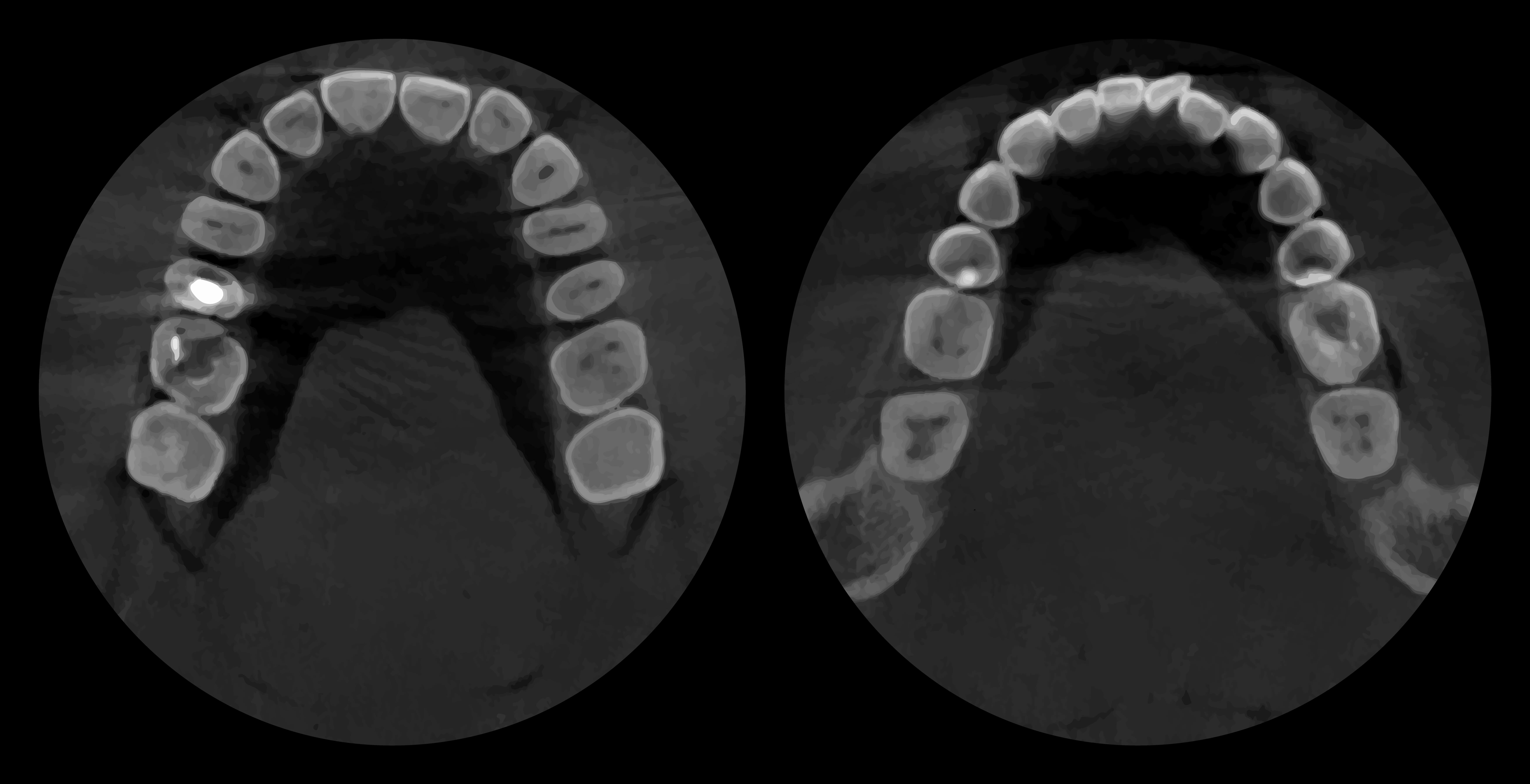The diagnosis and treatment of various dental concerns have been significantly improved by many technological breakthroughs in branches of Dentistry like Endodontics, Orthodontics, Oral and maxillofacial surgery etc. Amongst all the technologies in dentistry, dental imaging has been playing a key role in improving the oral health of patients.
So, if you’re wondering on how exactly the various dental imaging techniques work, keep reading further!
Techniques used in Dental Imaging
If you’ve ever visited your dentist, chances are you would’ve probably seen an image of the insides of your mouth (hopefully, not that of cavities!). Dental Imaging has undergone a variety of transformations, especially in the past two decades.
From the incomprehensible black and white x-ray scans to the high-quality coloured images zooming in on our dental plaques, let’s now see on the various techniques in dental imaging.
Panoramic X-Rays:
Panoramic X-Rays or Panoramic Radiography is a 2-dimensional imaging technique that is used to capture the entire mouth – the upper and lower jaws, their temporomandibular (TMJ) joints, all the teeth, the nasal area, and sinuses, in a single image. The images produced by Panoramic X-Rays offer a flat depiction of an otherwise curved jaw structure.
The Panoramic X-Rays imitate the technique of focal plane tomography. Focal Plane Tomography works by imaging a single plane or a part of an object by moving the X-ray generator or detector. This is done to keep a consistent exposure only on the regions of interest. Here, images taken at multiple planes are used to get the final composite image with a focus on the mouth region, blurring the other parts.
Panoramic X-Rays are used to know the positioning of the wisdom teeth, for their extraction and other purposes. This technique can also be used to plan treatment for dentures, braces, and implants.
However, since this technique is focused on showing the entire mouth in a single picture, it fails to capture the details of other dental concerns. This makes it difficult to diagnose conditions like small caries, periapical disease etc.
 Figure 1: Panoramic X-Ray
Figure 1: Panoramic X-Ray
Cone Beam Computed Tomography (CBCT):
Dental CBCT is generally recommended by physicians when traditional dental or facial x-rays are not sufficient. In Cone Beam Computed Tomography, divergent x-rays in the shape of cone-beams are moved around the regions of interest.
This cone beam x-rays acquire over 600 distinct images, also known as views. A scanning software collects all these images and reconstructs them, resulting in a volume of three-dimensional view of the patient’s dental anatomy.
This technique is used for the assessment and planning of surgical implants. Cone-beam CT is also the preferred method for presurgical assessment of dental implant sites and for imaging the oral and maxillofacial area.
The Cone Beam Computed Tomography produces high-resolution, detailed images when compared to traditional CT. This technique also offers low-radiation exposure and quick scanning times when compared to traditional CTs. However, CBCT technique is more susceptible to movement artifacts than that of traditional CTs.
 Figure 2: Cone Beam CT Imaging
Figure 2: Cone Beam CT Imaging
Magnetic Resonance Imaging (MRI):
This is a popular imaging technique in the world of medicine. Here, the region of interest is placed inside a magnetic field which aligns the hydrogen atoms in the organic matter. Then, the radio waves emitted by the MRI machine temporarily shifts the Hydrogen atoms out of alignment.
Once the radio waves are turned off, the hydrogen atoms get back into alignment, emitting energy in the process. This energy is then detected and analyzed by the MRI machine to get detailed images.
The prevalence of MRI in dental imaging is quite low when compared to the other areas of medical imaging. Still, MRI is used as a tool for diagnosing ailments in the dentoalveolar complex (teeth and the alveolar bone that supports the teeth) and other procedures in implant dentistry.
Figure 3: Magnetic Resonance Imaging
Digital Cameras in Dentistry:
The introduction of cameras has totally taken the world of dental imaging by storm, adding colour and vibrance. By bringing in clarity and precision to the images, cameras have significantly enhanced diagnostic accuracy and precision.
Cameras in Dentistry have also improved the patients’ comprehension of their own dental concerns and further treatment procedures. This, in turn, has increased the efficiency of the dentist-patient communication. Among these innovations are intraoral cameras, surgical light cameras, dental loupes, and intraoral scanners, each playing a pivotal role in modern dental practices.
Cameras are used to examine magnified regions of the mouth and other hard-to-reach areas. Most of these cameras are connected to screens, facilitating real-time streaming of the dental issues at hand.
Dental cameras help diagnose a lot of oral health problems at their nascent stages, saving a lot of pain and costs to the patients. The real time-streaming feature also helps dentists visualize the oral cavity during surgeries and other complicated procedures. 3D Imaging can be used for planning dental implant placements and various other orthodontic treatments.
Curious to know more about dental cameras and their underlying technologies? Stay updated on our next blog in the dentistry series!

Balaji is a camera expert with 18+ years of experience in embedded product design, camera solutions, and product development. In e-con Systems, he has built numerous camera solutions in the field of ophthalmology, laboratory equipment, dentistry, assistive technology, dermatology, and more. He has played an integral part in helping many customers build their products by integrating the right vision technology into them.





